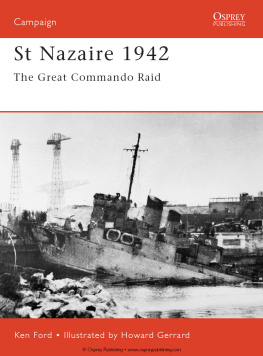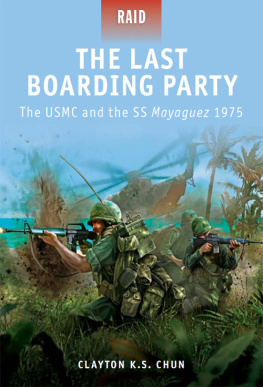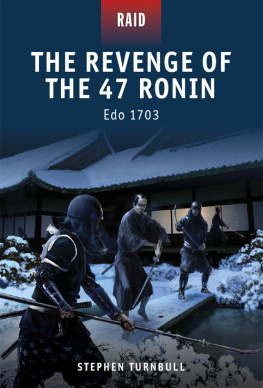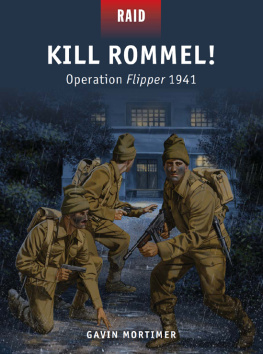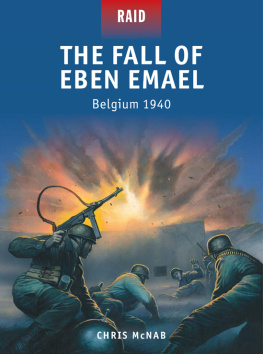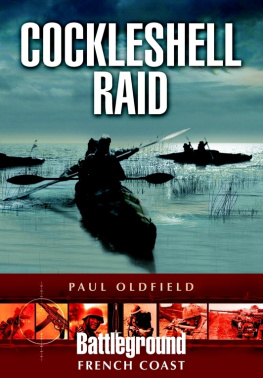THE COCKLESHELL RAID
Bordeaux 1942
KEN FORD
CONTENTS
INTRODUCTION
During 1942 the war between Britain and Germany was not confined just to the battlefields of Europe and North Africa, for both sides were also engaged in the routine operations associated with economic warfare. The two countries were each attempting to undermine the manufacturing capability of their enemy by trying to choke off the others supply lines, since both relied on imported raw materials to maintain their war efforts. Neither side had easy access to all its needs and had to resort to shipping supplies across hostile seas.
Germany was more fortunate in that it gained most of its resources from within the territories it had overrun and captured. Britain relied to a much greater extent on shipping imports from around the world and the Nazi regime went to great lengths to interfere with these supplies through a vigorous campaign of U-boat attacks. In reply Britain attempted to place a blockage across the sea routes used by the Axis powers. Unfortunately, the task of trying to police the sea lanes of the world looking for individual enemy ships was almost impossible. A few German vessels, popularly known as blockade busters or blockade runners, managed to slip through the cordon and evade the Royal Navys and Royal Air Forces best efforts to sink them.
During 1942 the Ministry of Economic Warfare began to evaluate the importance of these ships to the enemy. It concluded that the vessels trading with Japan and the Far East were carrying freight that had a strategic value far above the simple tonnage that they carried, for their cargoes were not bulk shipments of war materials but consignments of special and highly prized items such as rubber, tin, manganese tunstate (tungsten) and specific animal oils. All of these products were vital to German and Italian manufacturing processes. The blockade runners, however, were just one of the many problems facing the nation at that time. This period, the third year of the war, was not a particularly good one for the British. It was true that the USA had entered the conflict in December 1941 and given the nation hope that the progress of the war was at last going to improve, but it would take time for Americas contribution to become effective. In the meantime it was down to Britain and her Commonwealth to contain the Axis powers in Europe and North Africa, while Stalins forces tried to deal with the German invasion of the Soviet Union. In none of these theatres was the war going well for the Allies: Hitlers attack on Russia was driving its way inexorably towards Moscow and deep into the USSRs satellite states; Rommels Gazala offensive in North Africa was pushing the British back into Egypt and the all-conquering Japanese onslaught in the Far East was showing no sign of faltering. At the sea the U-boat war looked as though it was being won by the enemy. The air analysis of the RAFs bombing offensive against Germany was showing signs that it was becoming costly and mostly ineffective.
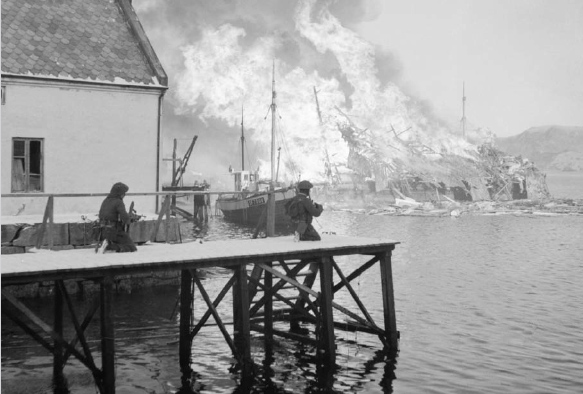
During the early part of the war Combined Operations raids against enemy occupied targets were no more that small nighttime attacks with limited success. In December 1941 this changed when a large party of commandos was landed at Vaagso in Norway and took control of the whole town during daylight hours wreaking great destruction to German installations. (IWM N459)
Across the Channel France was a divided nation, occupied in the north by Germany and in the south by the Vichy regime under Marshal Ptain. The administration at Vichy was no more than a puppet government intent on trying to please, or at least trying not to aggravate, its Nazi masters. Its police and militia operated under German instructions and were compliant with all orders issued to them by the occupying powers in the north, including rounding up Jews and other foreign nationals, and seeking out and handing over all enemies of the Third Reich, which of course included any British servicemen found in the country.
At home, the nations morale was lifted to some extent by the exploits of Britains Combined Operations (CO) organization. Significant raids against German forces in occupied territories organized by CO had grabbed the headlines. Successful operations at Vaagso and Lofoten in 1941 and the spectacular assault against the dry dock in St Nazaire in March 1942. The attempted landings were a disaster and over half of the 6,000 men who took part were killed. Nonetheless, the appetite for specialist operations that reaped high rewards survived but it remained to be seen whether such a raid could be planned to tackle the problem of the blockade busters.
See Campaign 92: St Nazaire 1942 by Ken Ford (Osprey Publishing)
See Campaign 127: Dieppe 1942 by Ken Ford (Osprey Publishing)
ORIGINS OF THE RAID
The concerns felt by the Ministry of Economic Warfare about the blockade busters were given a higher profile when on 9 May 1942 its minister, Lord Selborne, raised the matter with the Prime Minister, Winston Churchill. He asked for something to be done to stop or interfere with the trade between Germany and the Far East. Since the Nazi invasion of Russia in June 1941, the Trans-Siberian rail route to the Far East had been closed to Axis traffic and resulted in the continuation of trade between Germany and Japan becoming entirely dependent on seaborne means.
There was a limited number of ships under German control capable of making voyages from Europe to the Far East, either by Cape Horn or the Cape of Good Hope, without bunkering en route. If this relatively small number could be reduced further, then the trade would be seriously affected. Some of the vessels were commandeered French ships of the Vichy regime, but most were German. By mid-1942 the total number of these ships was believed not to exceed 26. Fifteen potential blockade runners were at that time awaiting cargoes in French Atlantic ports and they were expected to sail before the end of the month.
Lord Selborne explained the scale and importance of the trade and cited that in the 12 voyages completed between July 1941 and May 1942, approximately 25,000 tons of crude rubber had passed through the port of Bordeaux to Germany and Italy and during that period six or seven ships had left the port for the Far East. He estimated that if the traffic was maintained at that level, Germanys war requirements of crude rubber would be met and that there would be considerable spare tonnage space for other valuable cargoes. He also noted that the traffic was two-way, as Japan required specialized equipment for manufacturing processes, prototypes of various weapons and other special component parts for arms and equipment. Germany was, he went on, trying to meet those needs with the tonnage space available in the blockade busters. Even just a few of these cargoes would appreciably strengthen both Germanys and Japans war efforts.
The matter of interdicting this trade was referred by the Prime Minister to the Chiefs of Staff Committee for it to consider a military solution to the problem. Such a resolution was not easy to find, for the blockade runners were just a few single ships that easily became lost to the British in the huge wastes of the Atlantic and Indian Oceans and in the desolate seas around the capes.






